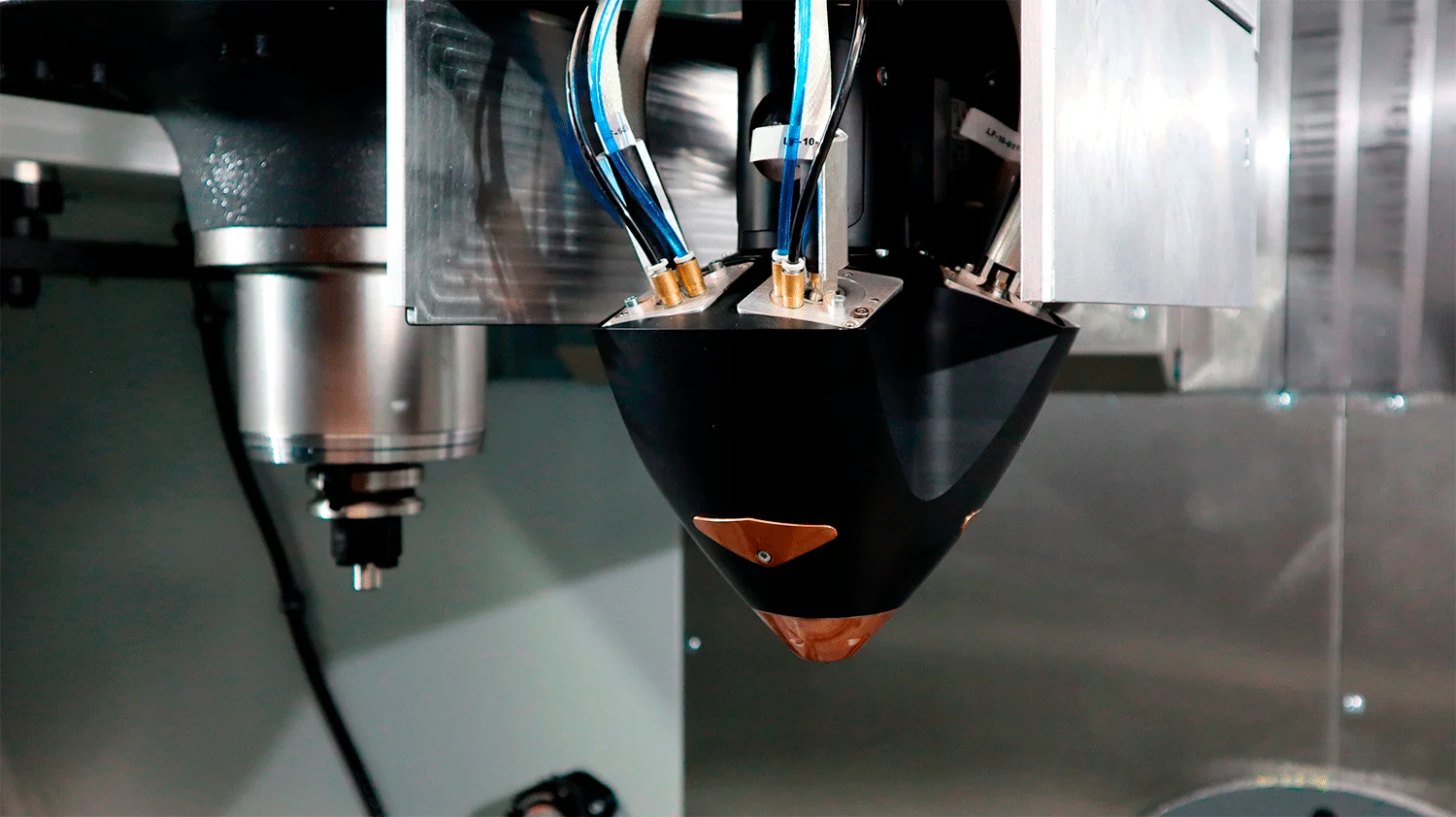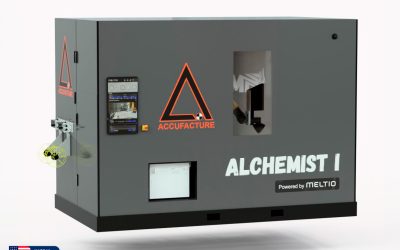Known by its acronym DED (Directed Energy Deposition), 3D printing using concentrated energy deposition is an additive process with great development potential. The great strength of this technique, based on the deposition of a molten material using concentrated energy, is that it responds very well to the limitations encountered by powder-bed techniques.
DED – using Wire-Laser technology as Meltio systems – the industrial processes are proving highly effective in the very rapid manufacture of large and reliable metal components. The other advantage of this 3D printing process, which interests us today, is that it can also be used to repair damaged parts.
It was precisely this capability that convinced Sivó, a Spanish company specializing in the repair of glass molds, to adopt the DED multi-laser technology from its compatriot Meltio. To understand what benefits it derives from this, Primante3D interviewed its additive manufacturing manager José Sivó.
Hello José, how does one become responsible for additive manufacturing at a company like Sivó?
First of all, Sivó is a family business. That’s why I work here. I’ve always worked here. For the last 15 years, I’ve been in charge of the mold repair shop and the machining section. Following the acquisition of Meltio’s DED technology, we decided that I was the right person to take charge of this new division of the company.
Tell us more about Sivó’s history and activities.
Sivó was founded in 1916 by Francisco Sivó Sanchez, my great-grandfather. In the early days, our business was mainly devoted to forging, making all types of tools, and maintaining equipment such as gates, doors, etc. Many of these are still preserved today. Many of these are still preserved.
With the next generation, my grandfather José started working on metal structures and industrial maintenance. In the mid-1990s, my father and uncles took over the business, and it was then that the company began to diversify its work.
You have to bear in mind that my aunts and uncles are 9 brothers and sisters, 7 of them in the company, so each is in charge of a different division. Here, we start with industrial maintenance, aluminum and metal joinery, and glass container mold repair. And relatively recently, my cousin Abel and I have taken over from the 4th generation.

What is a glass container mold, and how does it differ from other types of mold used in industry?
A glass container mold is used to produce the bottles we all have at home. The main difference from other types of molds, such as plastic injection molds, is the material from which they are made. Cast iron is used for this type of mold, and then the joint areas are metalized to make them much harder. These are therefore bimetallic molds.
Discover the full history by reading the full interview here.



